What is Autochrome?

Why and how?
For me it all started with this question back in 2017 when I applied my theme for bachelor’s degree. It didn’t know much about the autochrome before that besides that it was one of the first colour photography techniques. I started my research on the internet reading everything I could find about autochrome and I was in shock because there was almost nothing written on this the topic. My main source of informations at the time where blogs that I came across often by luck. They at least gave me an idea of what I got my self into. After reading all the articles on the topic I realised I am missing many crucial details needed to make my own plate so I also read thru different books but the one that helped me the most and I would call the bible of autochrome is The Lumière Autochrome:History, Technology and preservation. After all this research I am finally getting to the point where I feel confident enough to share everything I learned with you. There is way to much informations for just one post so in this one I will introduce you to autochrome with a short history and impact it had on a world of colour photography.
Who and when?
The public announcement of autochrome happened in 1903 but its invention dates back to 1890s when brothers Lumiere already well known for bw plates named etiquettes bleue started to think about colour photography. They were great inventors and owned their own factory that enabled them to try and test different materials and methods of capturing colour. When they were still in the developing process other plates that base on coloured screens were introduced and invented(Joly). In this colour photography rush they needed to apply pattents to protect their ideas so thats what Lumiere brothers did in 1900. After three more years of developing and perfecting all the steps their dreams came true with public introduction of new colour photography technique that finally brought colour in the world of black and white photography. Yes colour photographs were achieved way before autochrome but they either needed many steps and multiple photographs (Maxwell) or they where far too complicated for amateur use (Lippmann plate). The use of autochrome plates was not much different from standard b/w plates besides reversal development to positive.
How does it work?
We can put autochrome in the section of photographic techniques that base on additive colour synthesis . Its a composite of glass base which is coated with thin layer of sticky varnish, dusted with starch coloured in three colours, sealed with second varnish and coated with light sensitive emulsion. Before autochrome the photographer had to make three different negatives with three different colour filters. The biggest advancement of autochrome plate was the coloured screen, which consists of micro filters of potato starch coloured in three colours (red-orange,blue-violet, green). During exposure the plate is inserted with emulsion side facing away from the light source so the light travels and filters thru coloured screen first before it makes a mark on emulsion. Because of many layers exposures where pretty long. When the plate was developed to positive b/w image acts as a filter that allows more or less light to pass thru each particle of coloured screen. When we shine the light thru the developed plate microscopic colour particles join their different values together and the optical additive colour mix is made resulting in photograph with wide range of colours. Yes I know its complicated for me writing and for you reading this thats why I made some graphic sketches to cool down your brains a bit

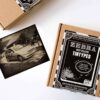


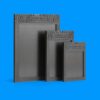
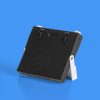

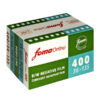

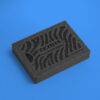




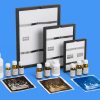
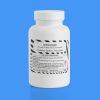
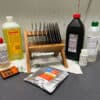
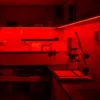
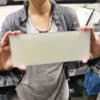
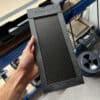
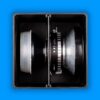
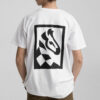
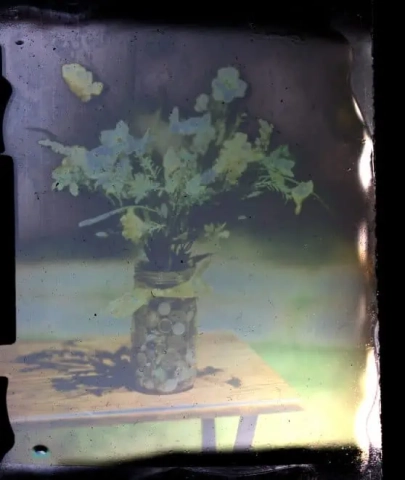
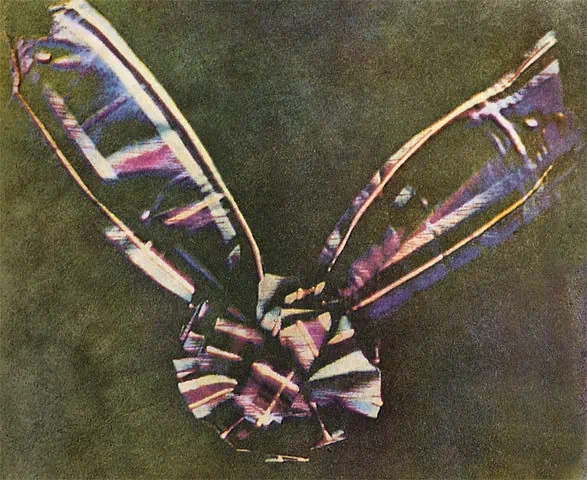
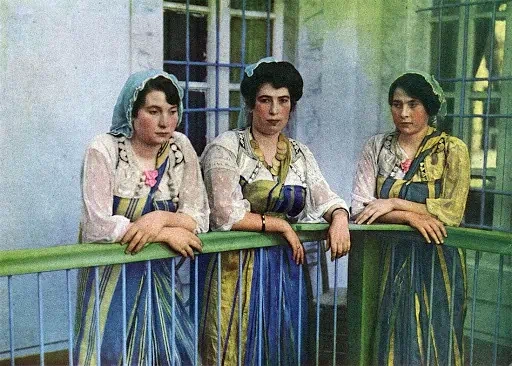
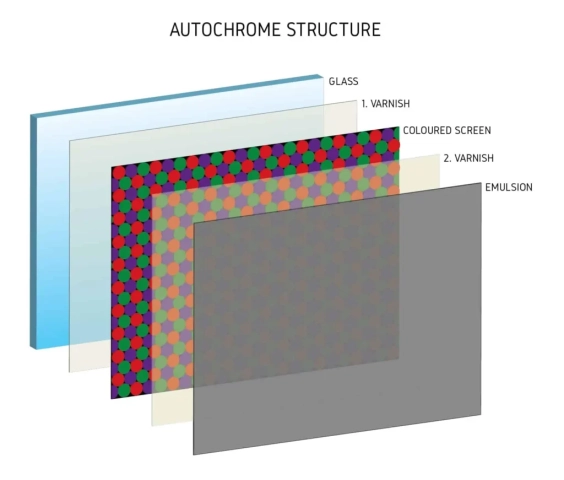
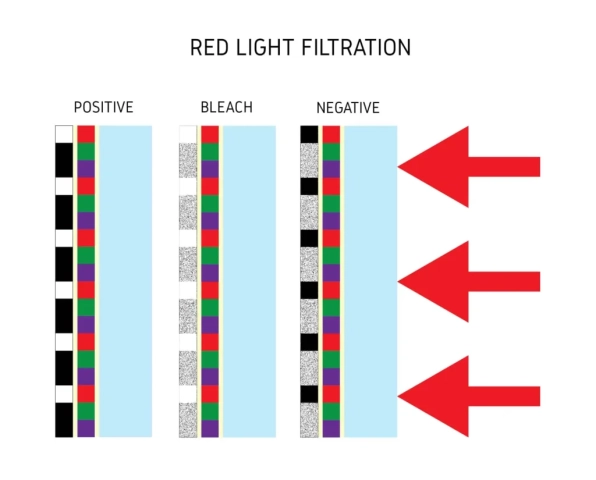
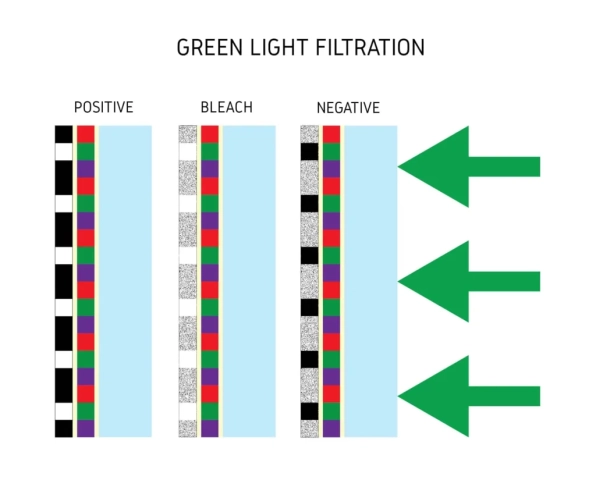
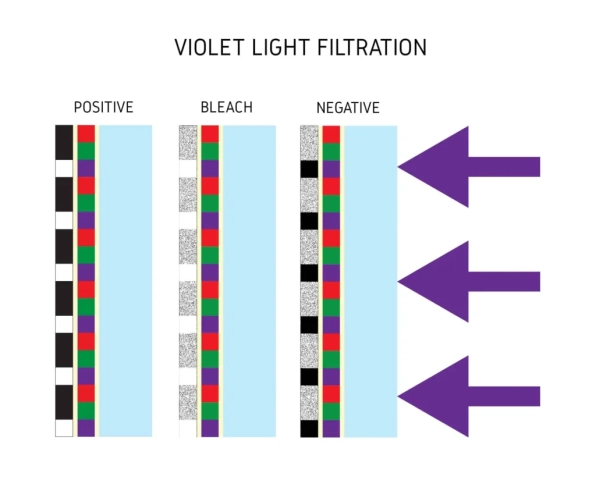
Hi. There are many writeups on the autochrome process online, but yours is the first I found where the processus is fully and well explained. I especially like the illustrations showing the colour filtering process. That’s the part that no one else seems to bother to explain! Great work. Thanks.